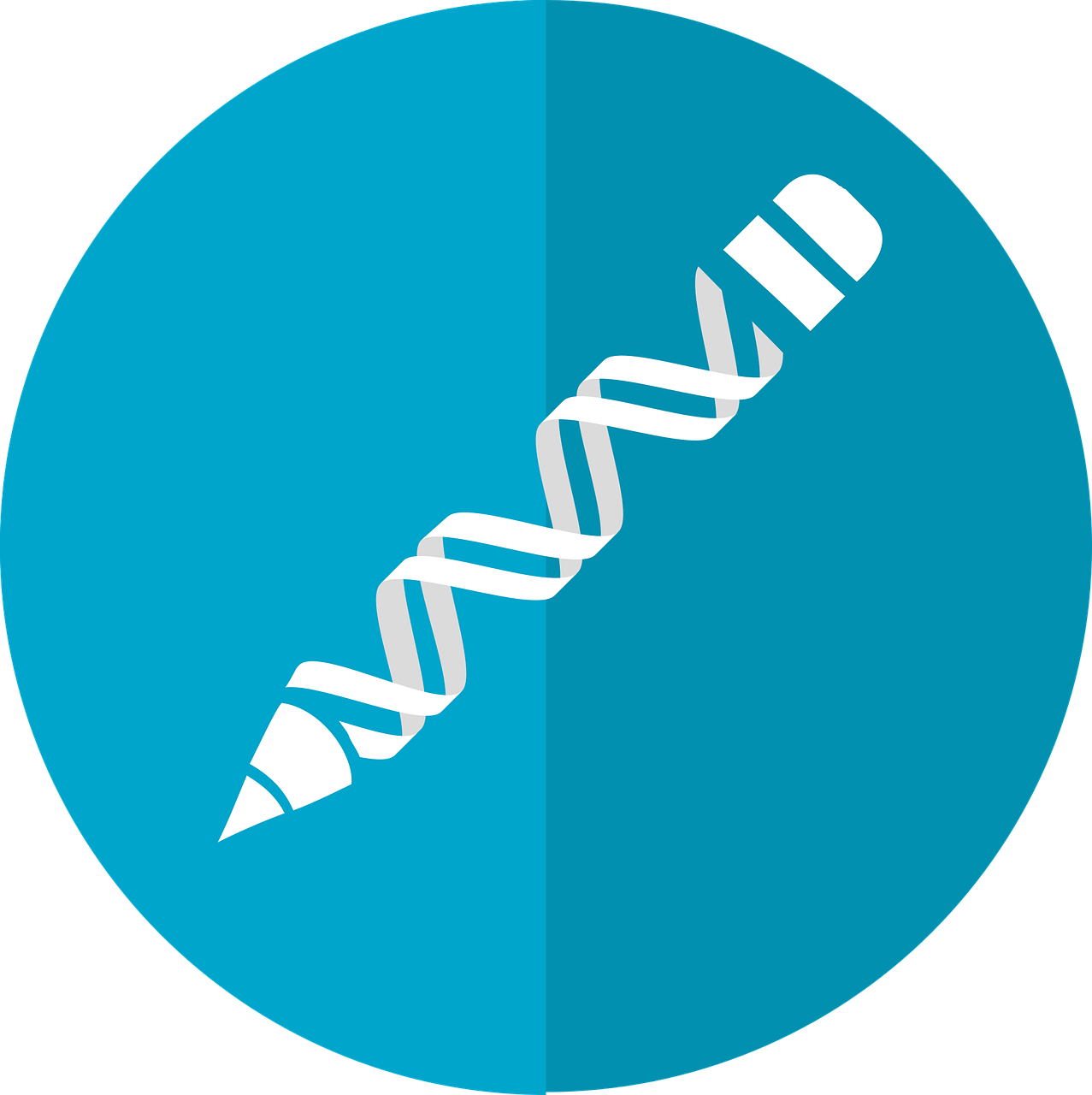Interesting Indian Genomics Advertorial
/Genes2Me- Bringing New Healthcare Paradigm with Genomics
Genes2Me, India’s first diagnostic chain to bridge clinical diagnostics with genomics has reinvigorated the preventive healthcare sector in the country. Genes2Me has evolved as a game changer in the field of molecular testing by yielding health statistics of today and suitable lifestyle guidance for a healthy tomorrow.
























